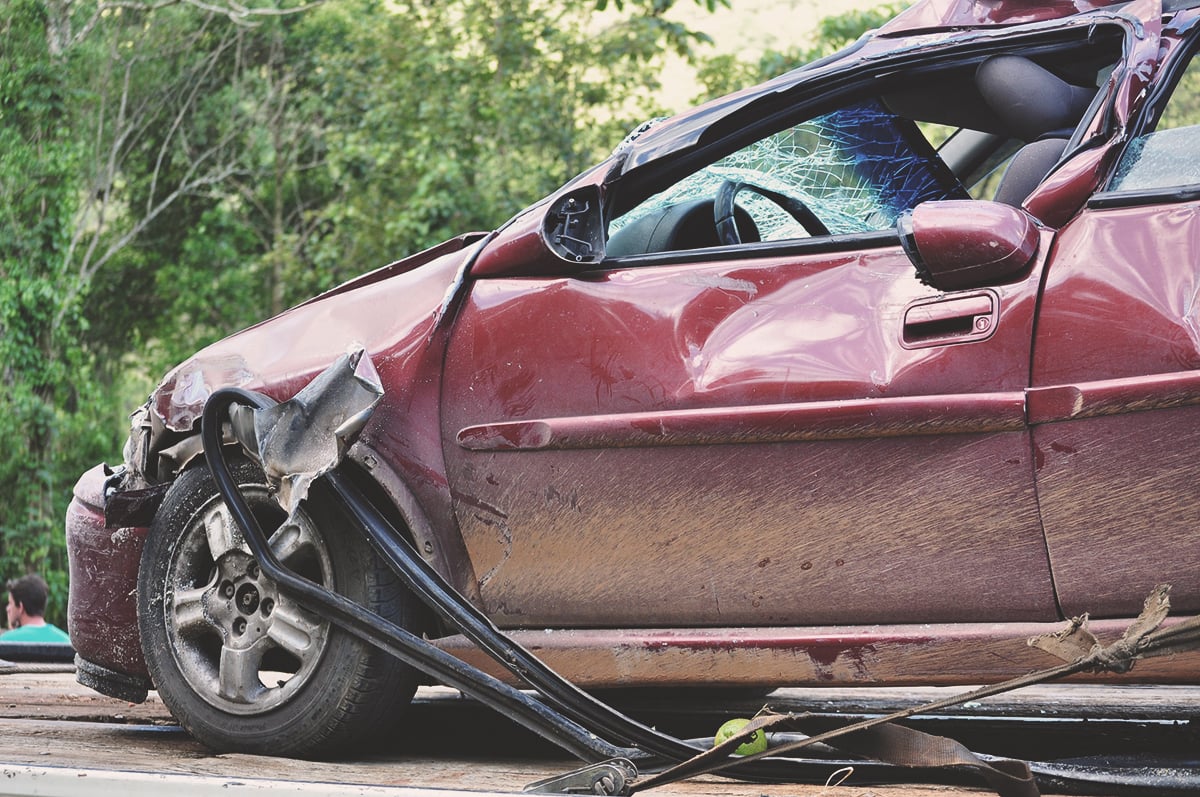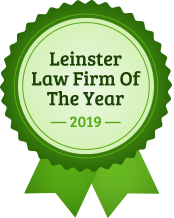 Being involved in a car accident is quite a daunting experience. No matter how minor the impact is, it is surprising how stressful the situation can become. Everything becomes a blur and it can all be very confusing.
Being involved in a car accident is quite a daunting experience. No matter how minor the impact is, it is surprising how stressful the situation can become. Everything becomes a blur and it can all be very confusing.
Despite this, and no matter the cause of the accident, there are some very important steps you need to take to ensure you and your occupants are safe, you don’t commit any further road traffic offences and you have the best possible opportunity to make a claim for damages to your vehicle and/ or personal injury.
At Poe Kiely Hogan Lanigan we regularly help clients who have suffered as a result of an accident, whether this is related to any traffic offences they have committed, claiming against the other party for damages to their vehicle or seeking a claim for personal injury.
Based on our experience in these areas we have prepared this short checklist to assist you should you ever be unfortunate enough to be involved in a car accident. Please note, every road traffic accident is unique and may require a slightly different course of action.
If your car has not already come to a stop as a result of the accident, stop the car in a safe place and switch the engine off.
If your car has come to a stop as a result of the accident, and if it is safe and practical to do so, do not move it. This will help the Gardai to assess how the accident occurred.
If someone is still inside your car and requires medical assistance do not try to move your car until the emergency services arrive.
If your car is causing an obstruction on a busy road you may feel compelled to move it. In fact other road users may already be insisting you move it so that they can get passed.
If you are unsure on the best course of action in these circumstances you should call the Gardai to report the accident and ask for their advice on moving the car (take a note of the name of the person you speak to).
Assess the condition of both yourself and the occupants of your car. Does anyone need medical attention? If your occupants are not trapped or seriously injured, would it be safer for them to leave the car and wait for assistance on the verge away from the impact?
Unfortunately, and particularly on motorways and dual carriageways, it has been proven that a car waiting in a lay-by has a higher probability of being struck by another vehicle. Gardai advice is that (if it is safe to do so) you should wait at the top of the verge away from your vehicle until assistance arrives.
Make initial contact with the driver of the other vehicle to see if they and their occupants are OK. Try to stay calm and do not get into a blame game from the outset. Making sure everyone involved is ok should be the first priority.
If it has only been a minor collision it may be possible for the drivers of both vehicles to come to an agreement between themselves without involving the emergency services. For larger accidents, however, it is common to inform the emergency services about a collision in order for them to provide assistance.
Gardai
As has already been mentioned, the police do not always have to attend the scene of an accident. There are however several situations when you may feel it is appropriate:
- The accident is at a busy location and traffic direction may be required
- The other driver is refusing to admit that they caused the accident
- The other driver appears to be under the influence of either drugs or alcohol
- Someone is injured
- The other driver leaves the scene of the accident
- The other driver refuses to provide their details
- The incident becomes heated and you feel threatened by the other party (or the occupants of their vehicle)
If you are planning on claiming against your or the other driver’s insurance company, you should at the very least report the accident to the Gardai at the earliest opportunity and no later than 24 hours of the accident occurring.
Ambulance
Does anyone in your car, the other car or any pedestrians need medical assistance? If so, when you ring 999 made sure to ask for an ambulance and give a brief description of the circumstances and what appears to be wrong with them.
Fire Brigade
Is someone still trapped inside one of the vehicles and requires the fire brigade to free them?
Having established all the key safety points, such as if anyone is injured and needs medical assistance and whether or not the emergency services are required, it is now time to assess the scene.
- Inspect your car and any damage caused to it
- Inspect the other car and any damage caused to it
- Determine if anything else has been damaged as a result of the accident such as traffic furniture or fences?
- If you have a smartphone with you it would be useful to take photographs of your car, the other vehicle(s) involved and the scene of the accident as well
- Will your car still be safe to drive and get you and your occupants home or will you need to organise a recovery truck to recover your vehicle and organise the onward transport of you and your passengers?
It is very important you record key elements of the accident so that you and your insurance company will be able to follow up with the relevant parties afterwards. The Gardai, if involved, will also require this information.
- What date/ time did the accident happen at?
- What was the weather like at the time?
- What were the road conditions at the time?
- Name and contact details of the driver(s) of the other vehicle(s)
- Make, model and registration number of the other vehicle(s)
- The other driver(s) insurance company details
- How the other driver(s) described the cause of the accident
- Names and contact details of any witnesses
As we have already mentioned, being involved in a car accident is a daunting experience, and depending on the circumstances, may involve some people suffering from serious injuries.
Thankfully, most car accidents are mainly minor bumps which can be resolved relatively easily, however, no matter the scale of the accident - owing to the expense of car repairs and the possibility of a future personal injury claim against you, it is essential you follow a logical process and capture key pieces of information.
- Safety - Is the situation safe?
- Injuries - Is anyone injured?
- Contact - Ring the emergency services (if required);
- Assess - Review damage to all the vehicles involved; and
- Record - Make a note of all relevant details.
Following these steps will put you in a much better position should you need to defend a prosecution for motoring offences, claim for repairs to your car and/ or claim for personal injuries.
We hope you have found this guide useful. If you would like to discuss any aspect of a road traffic accident which you may have been involved in, whether this relates to road traffic offences, claiming for damage to your vehicle or a personal injury claim, please get in touch and we can discuss your circumstances in more detail.



